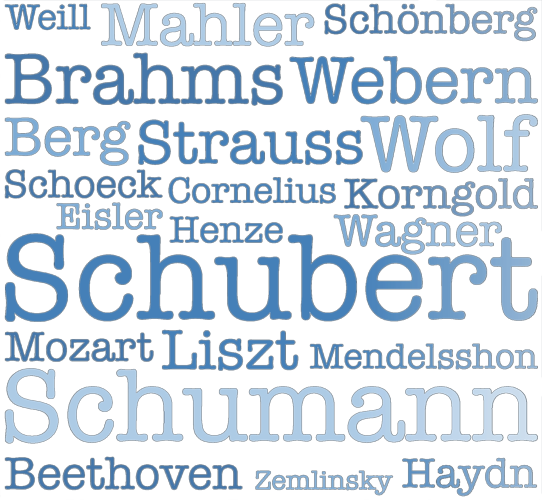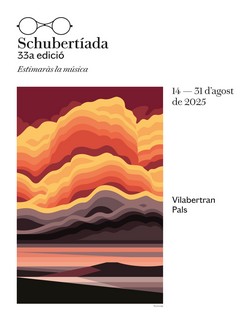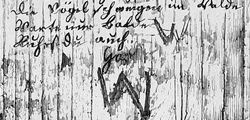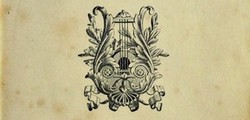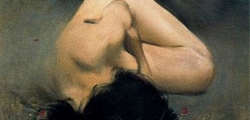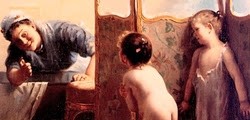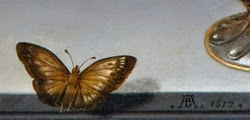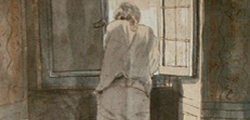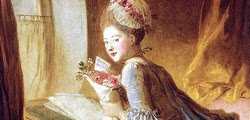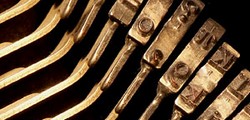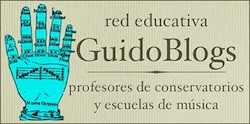- Details
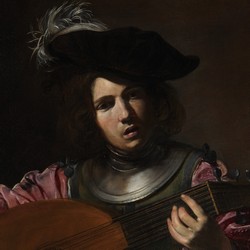
Is there any internal logic in Myrten that allows this work to be considered as a cycle? I don't have the answer to this question, but at least I can set out some ideas just as an excuse to listen to one of my favourite songs in that cycle. Schumann composed Myrten as a wedding present for his fiancée Clara Wieck. He began to write in February 1840, when the wedding date wasn't chosen yet, and ended the last song in May, still without a wedding date due to Clara's father opposition to that [...]
- Details
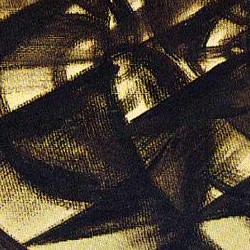
I was short of time this week and I had to leave the planned post half done. In such a case, as regular readers know, I propose a momento musical, an article to very briefly present a song. This time I chose it easily by joining two names that were around me.
- Details
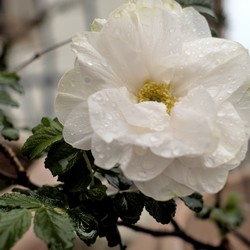
"It is the world's first morning" (C'est le premier matin du monde). Thus begins (except for the two poems of the prelude) La chanson d'Ève (The song of Eve) by Charles van Lerberghe, and thus begins the cycle with the same name by Gabriel Fauré, his Op. 95.
The long poem by the Belgian symbolist poet, published in 1904, comprises ninety-six poems in five parts. It draws[...]
- Details
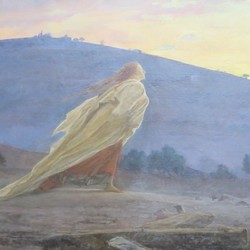
We began this season with the cycle Das Marienleben [The Life of Mary] by Paul Hindemith, that sets the cycle of fifteen poems with the same name by Rainer Maria Rilke. Back then we heard the first song, Geburt Mariä [Maria’s birth], and for this Easter week I chose the twelfth song, Stillung Mariä mit dem Auferstandenen [Consolation Of Mary With The Risen Christ].
- Details
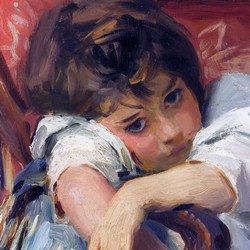
A few months ago, I told you of a talk about Winterreise at the Wagner Club Barcelona. Inés, a lady who attended that talk, wrote me to confirm something that I had commented back then: that one of the songs, Der Lindenbaum, had transcended the cycle and became a traditional song, a song that children used to sing when they went on an excursion. In fact, I hardly convinced once a German lady more fond of excursions than of Lied that Schubert didn't harmonize that song, but composed it [...]

